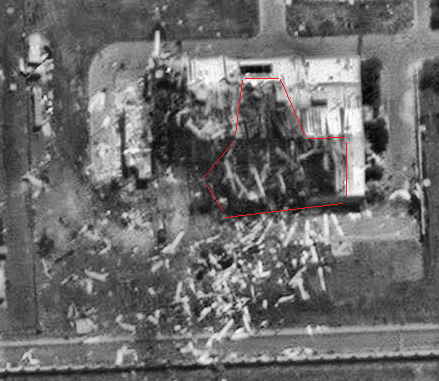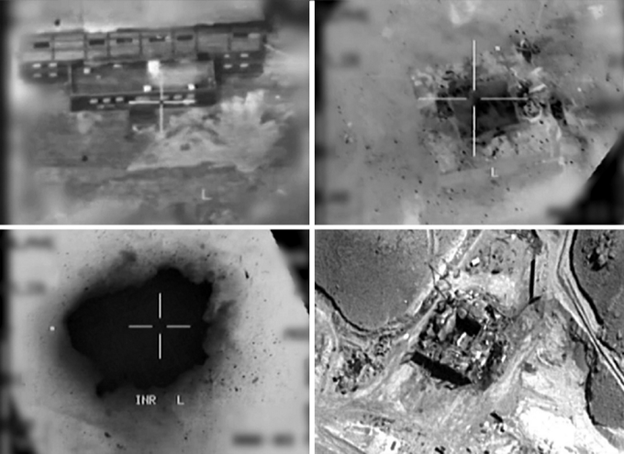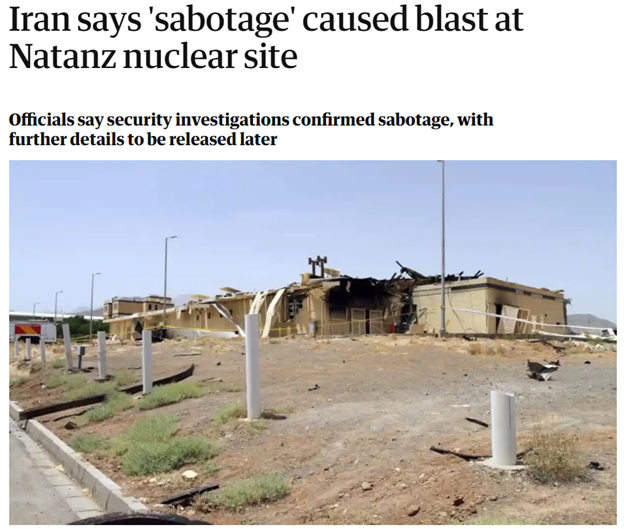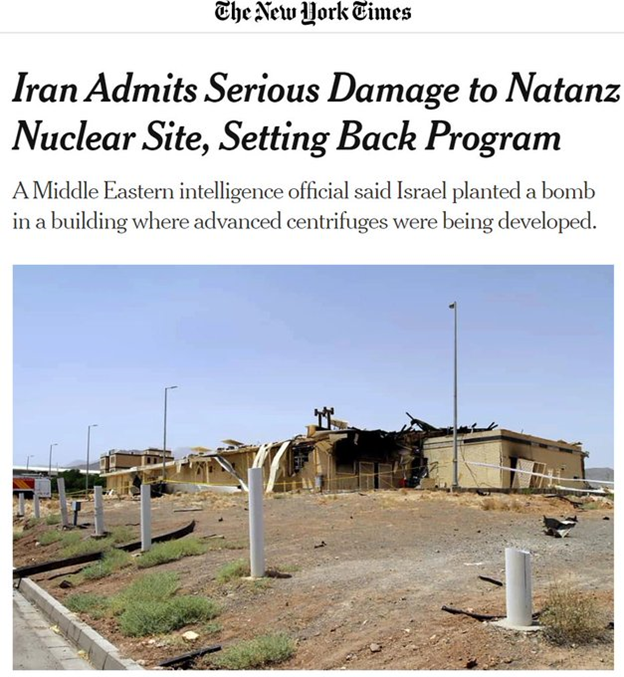1)
#Iran’s regime is going the distance to portray the July 2 attack on a sensitive nuclear site as an act of “sabotage” & deny any possibility of an airstrike.
Recent developments indicate strange movement of equipment underground.
Why?
medium.com/@heshmatalavi2…
A certain report went unnoticed—Iran is transferring new generations of advanced centrifuges used to enrich uranium from a pilot facility (attacked on July 2) into a hall at its primary fuel plant in Natanz.
The hall is underground.
h/t: @SnakeDocTop
bloomberg.com/news/articles/…
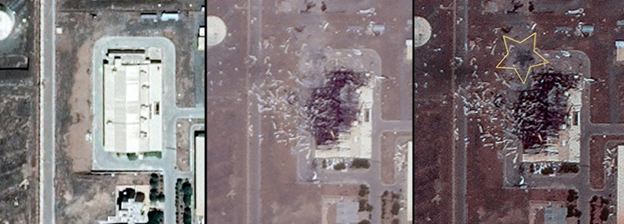
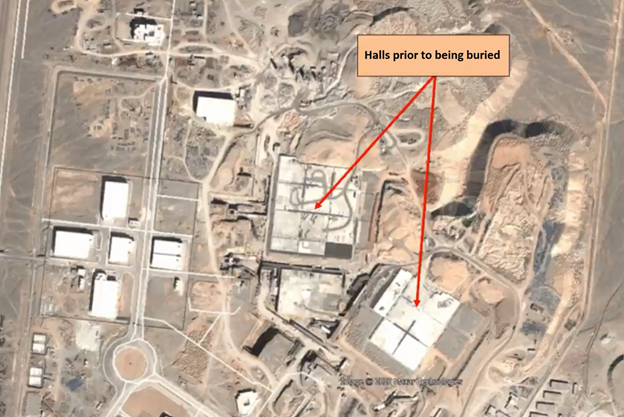
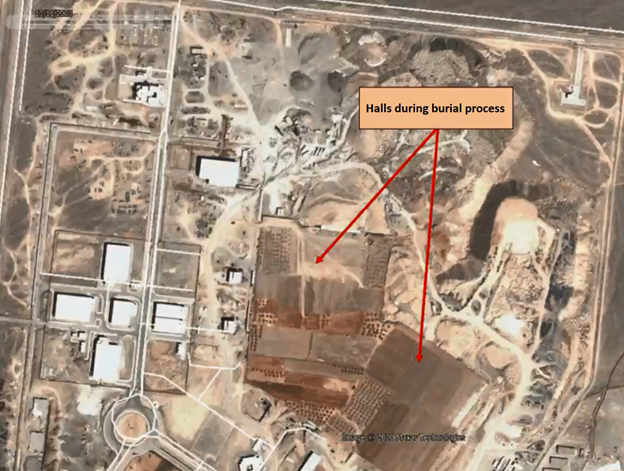
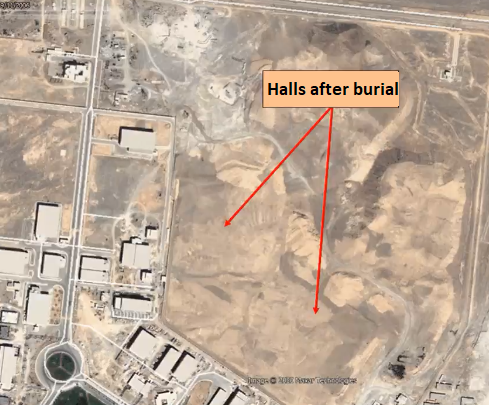
According to the 2015 nuclear deal (JCPOA), all these research centrifuges in this center must be installed & tested above ground. JCPOA also dictates that uranium enrichment must be with IR-1 centrifuges & Iran cannot mechanically test more than two IR-2—IR-8 centrifuges.
Back in November 2019, Iran gradually installed 60 IR-6 centrifuges & inserted gas into these devices. Launching 164-count cascades of IR-4 & IR-6 centrifuges were also ordered to be installed on ground at the PFEP building.
reuters.com/article/us-ira…
Reminders:
The addition of advanced centrifuges to Hall B of the Natanz Fuel Enrichment Plant is a technical violation of the JCPOA, which Iran remains a member of.
Iran has withheld its conclusions on what caused the blast, citing security considerations.
A sabotage bombing attack placing explosives inside the building would not create a symmetrical impact resulting in such a hole in the roof and expand on both sides of the wall.
The only on-the-ground image of the site after the attack (which has been doctored) clearly shows this hole.
RGB code of black area—#000000 (absolute darkness) which is very unlikely in such size & in a naturally taken image, especially in daylight.
Credit: @NarimanGharib
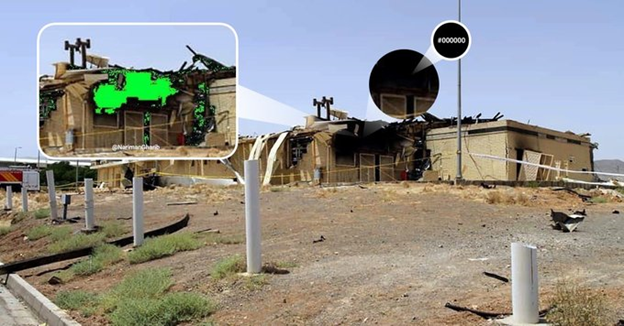
Official: that air defense measures around Natanz increased following the July 2 attack.
“Due to the presence of various advanced air-defence systems, it is advised to be cautious with the risk associated to civil aviation.”
Valid until Jan 16, 2021
easa.europa.eu/domains/air-op…
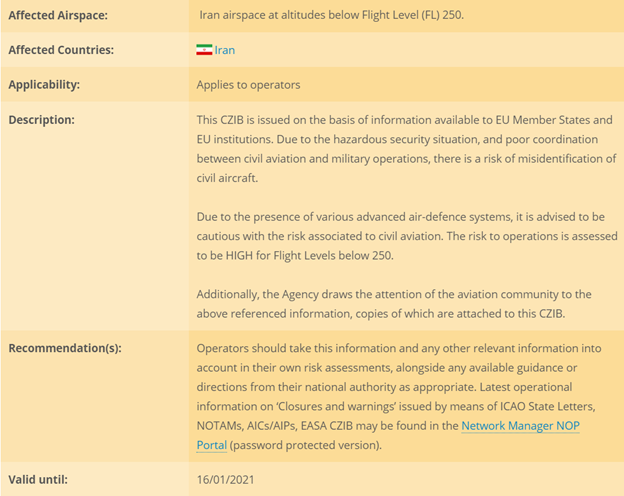
This video from July 5, four days after the attack, shows Iran moving air defense missile batteries to the Natanz nuclear site.
If it was a sabotage bombing, why move such strategic units to Natanz?
Back in November 2019 Iran alleged that the U.N. inspector it blocked from entering a nuclear site tested positive for suspected traces of explosive nitrates.
apnews.com/4f5d5ac4817740…
Initial blast radius 6.5 to 7 meters at the Natanz nuclear site in central Iran
Credit: @TheGoodISIS & @AuroraIntel
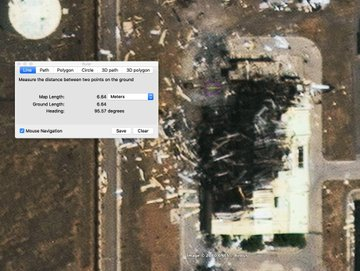
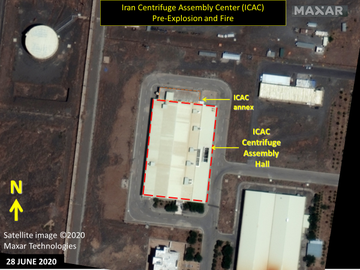
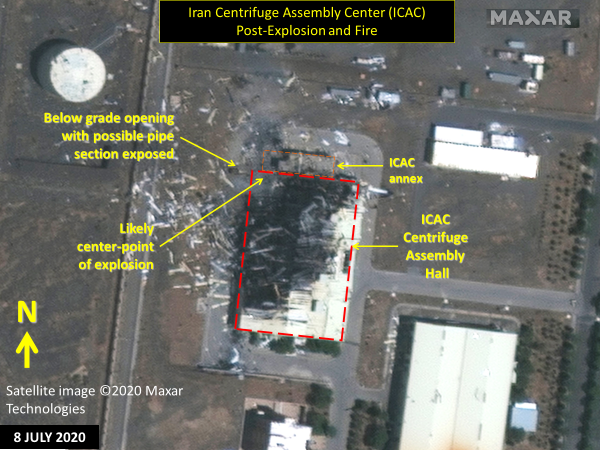
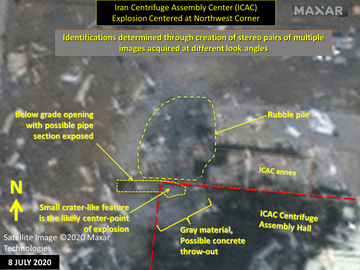
Moreover, the building remnants spreading in east to west direction to a distance of more than 50 meters (light yellow lines) support the possibility of a foreign projectile impact from the general east direction. Some debris are distanced at up to 100m, via @AuroraIntel.
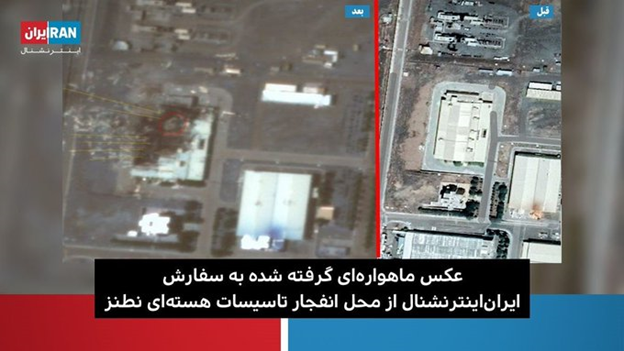

Reminder:
Iranian officials claim they are aware of the source of this sabotage but refrain from public announcements due to security considerations (most likely due to the psychological impact).
Determining an airstrike is far easier than sabotage or cyber-attacks.
In the images on the left @IntelliTimes points to a lesser observed detail of the explosion at the Natanz nuclear site that sheds more light on nature of the blast.
Credit also to @Maxar & @JDoaim
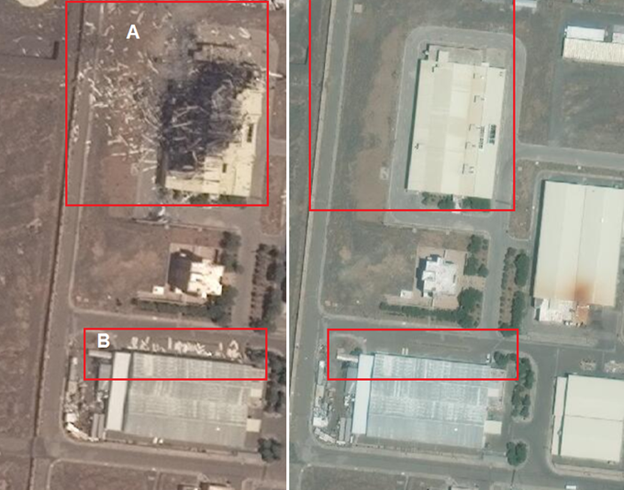

Two important issues raised by @LesJohnsonHrvat & @MatthewDavidHa4 who know far more than me about this subject. Their input further advances the airstrike scenario.
(Thank you to you both!)
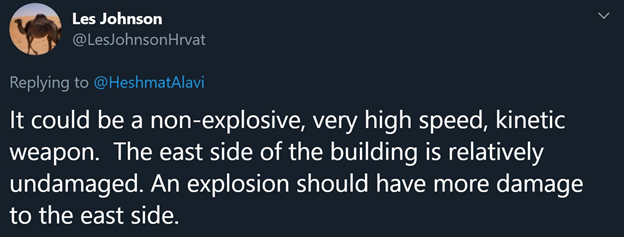
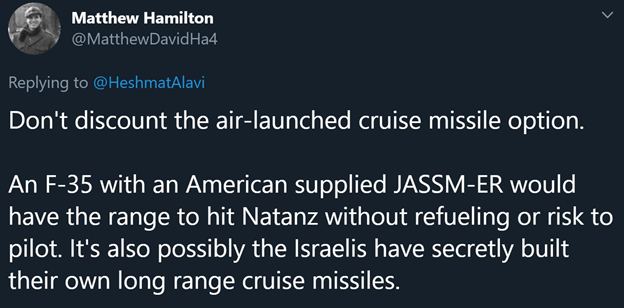
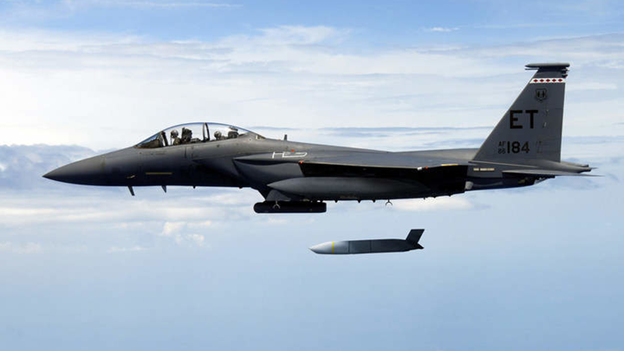
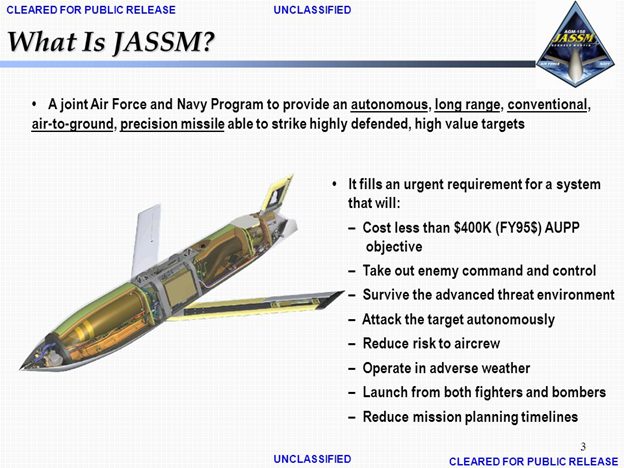
Keep in mind:
a. It is written by @FarnazFassihi, who has a long report card of being described as an Iran apologist, praising both Zarif & Qasim Soliemani in previous NYT pieces.
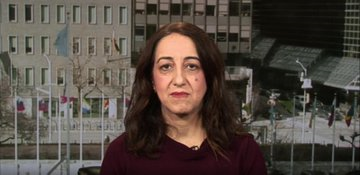
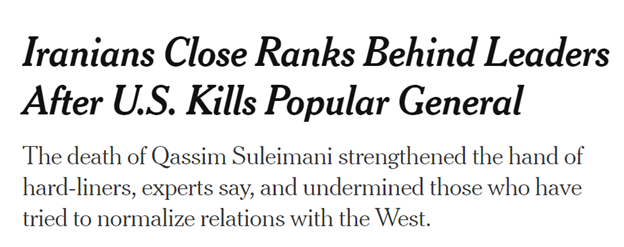
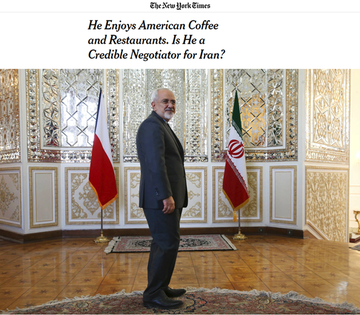
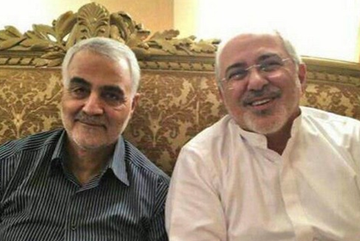
Reminder:
-2007 document mentioning @PHREUTERS shows how the @ReutersIran team needs approval from Iran's Intelligence Ministry to visit the city of Qom.
-All foreign media reporters in Iran must abide by Intel Ministry guidelines.
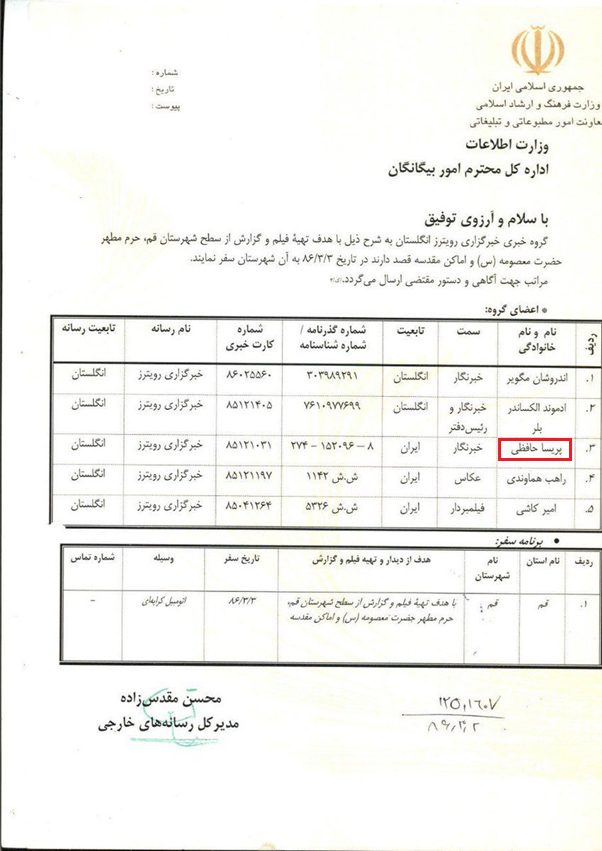
For me, this is looking more like a precision airstrike by Israel with U.S. support & maybe even U.S. allies in the region.
Remember that Iran first claimed the building was nothing but a shed & now we know it was probably the regime’s most advanced centrifuge assembly lab.












